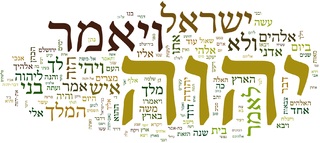In COAVA two sets of databases are made available in a standardized way: one with historical dialect data (the databases WBD and WLD with lexical data of the Brabantish and Limburgian dialect between 1880-1980) and one with first language acquisition data (four databases form the CHILDES project).
The databases contain linguistic information (dialect form, standardised form (“Dutchified”), lexical meaning), geographical information (locality, dialect area, province) and information on the source (inquiry forms or monotopic dictionaries and the date of documentation). The visualisation of the first two sets of information will lead to lexical maps.
The most typical way for the user to get to the data will be with the use of the browsable concept taxonomy. The databases are, in other words, approachable via search tools but also via a thematic taxonomy. This taxonomy was developed for the dialect databases and covers the general vocabulary.



